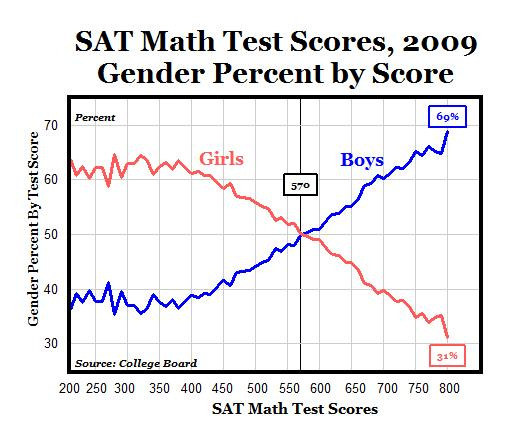The “woman who doesn’t understand football” is something of an American sitcom trope. She sits there puzzled while the sportsball fan boyfriend screams at his television. Like every stock character though, there’s usually a kernel of truth to its origin.
You will find women all across America who live in places where football is basically a weekend cultural ritual. College towns, smaller cities where the NFL is a very big deal. Places that will expose anyone sociable to the game whether they like it or not. Even though they watch the game every week and claim to be big fans they still seem to not know what is going on. You’ll sit next to them at a Super Bowl party and find them perplexed at things like a Turnover on Downs or Pass Interference.
Women in general typically aren’t that interested in watching sports, but I think the abstract nature of football is uniquely off-putting. It’s not one of these free-flowing put-ball in net/hoop kind of games. Football is an imposition of order onto the “gridiron” with a series of rules, near-term, intermediate-term, and long-term objectives. It’s the most masculine of the popular team sports, not in the physicality, but the game design itself.
The kind of woman who is actually interested and knowledgeable about football probably is more masculine in nature. More comfortable dealing with abstractions, actually enjoys watching a game that from a bird’s eye view resembles human chess.
The Masculine Urge to Shape Rotate
After decades of gender equality movements, the average woman now typically outperforms the average man in education achievement. There are more women than men in colleges. They get better grades than men in almost every developed country public school system.
In spite of a modern educational system that seems to have been designed for the submissive, “fairer” sex. There remains one bastion of masculine outperformance. Maths.
Much money has been blown and words wasted trying to push ‘Women in STEM’ to close this gender gap, but there is probably something genetically that keeps large percentages of women disinterested in math. For every outlier female mathematician, there’s 10 girls who are painfully disinterested in pushing numbers around.
The rare girl who enjoys getting lost in the world of abstractions and proofs is loaded with a unique factory setting. If we ran tests on the STEM female outperformers I think you’d find some hormone levels or genetic markers similar to men.
The male math achievement gap is more pronounced if you look at the top performers instead of simply the average. While they may have a slight edge on the Math SAT in average, at the perfect score level it’s an almost 70/30 split male/female.
The Sweet Spot of T?
To my dismay, you can’t find that many studies that have been commissioned examining the biochemical reasons why women may be worse than men at math or spatial reasoning. I’d imagine that’s not a popular thing to receive a grant for in today’s age of gender-bending and alphabet soup pronouns.
There was a fascinating study from the ‘90s though, that showed women with higher testosterone outperforming lower-T women in spatial/mathematical ability. Interestingly too, they tested men and lower-T men performed better than higher-T men in this category. The results match pretty well to what you would see on the ground anecdotally.
Walk into a university lecture hall for an engineering class. It’s not typically populated with hyper-feminine women or alpha-male super-athletes. What you find is this mix of gender inverts. Spindly looking nerdy guys, butch girls.
There may be a testosterone range of 100 - 400 ng/l where High-T women and Low-T men are capable of reaching genius level mathematical achievement. The “Nerd Zone" if you will. If you fall too low you lose interest in shape rotation, if you go too high the raw power of the test makes it so you can’t be sitting for hours at a time doing equations.
If there’s anyone in the audience plugged into academia, I’d recommend trying to pursue these kind of studies further. There’s probably something there on the biochemical level we’re missing.







